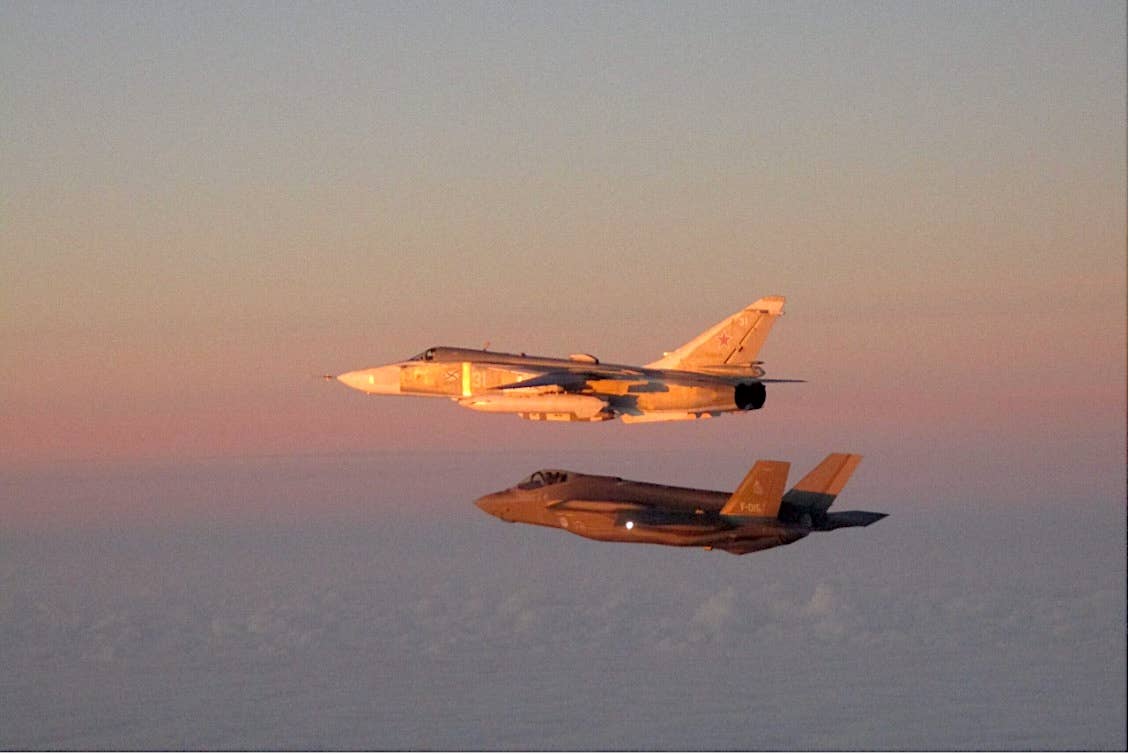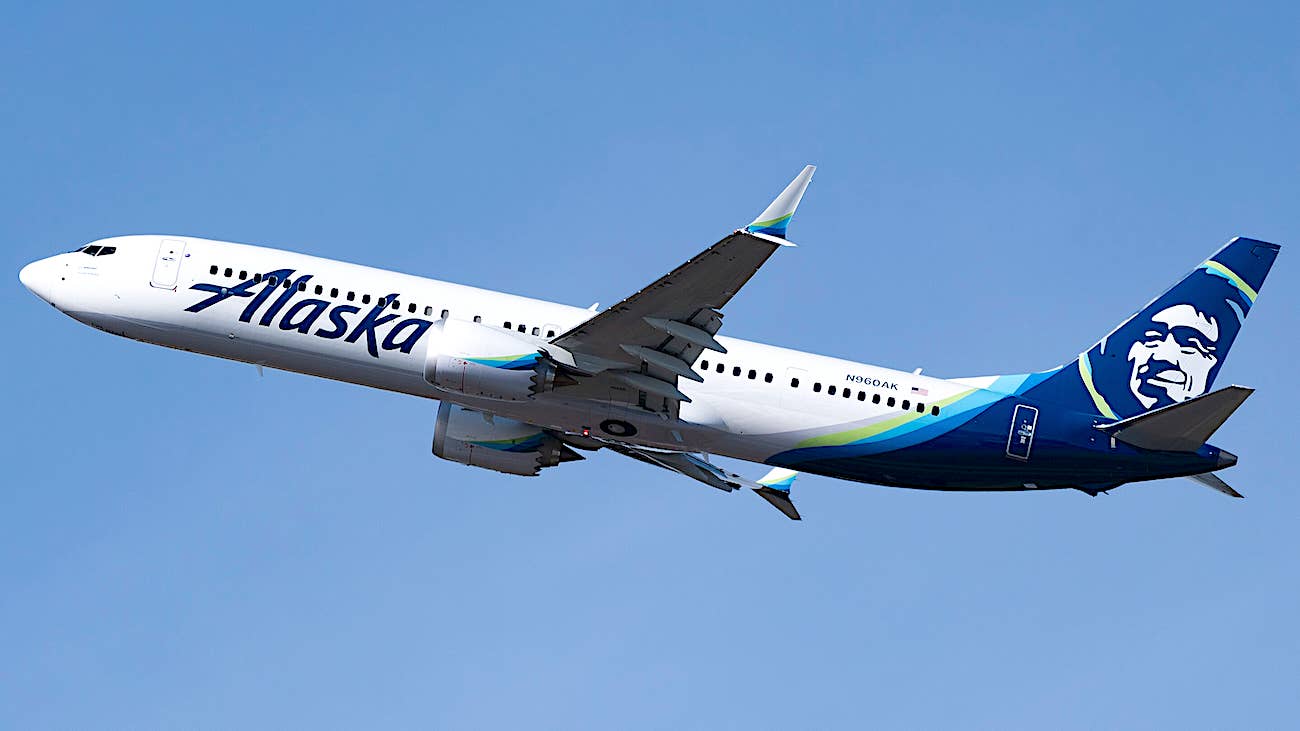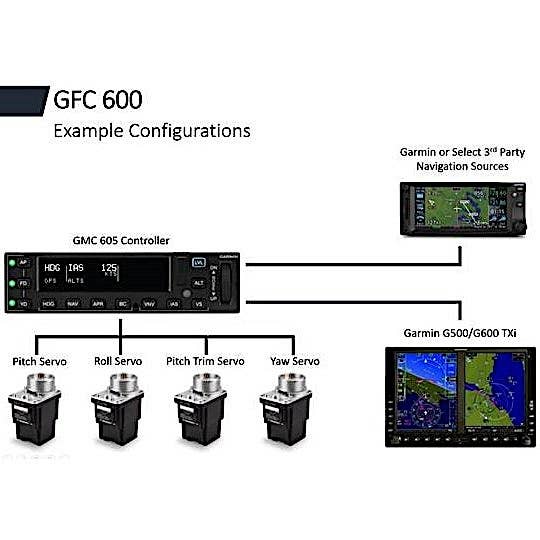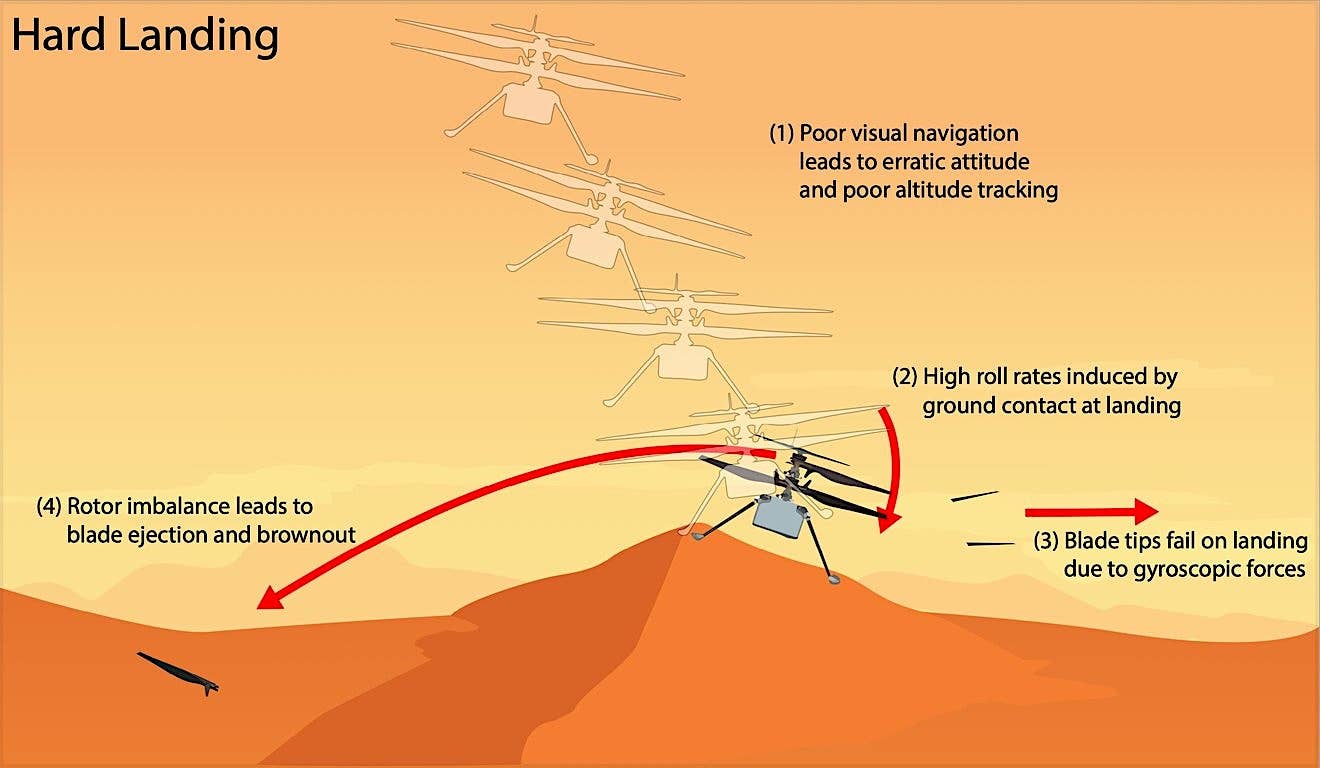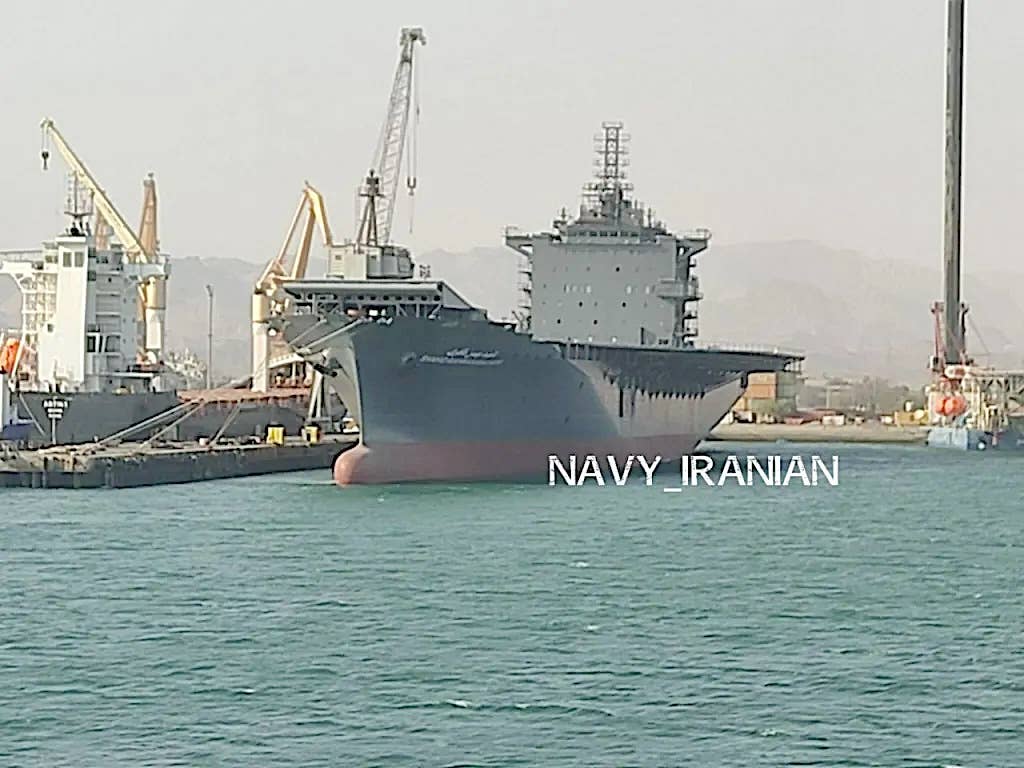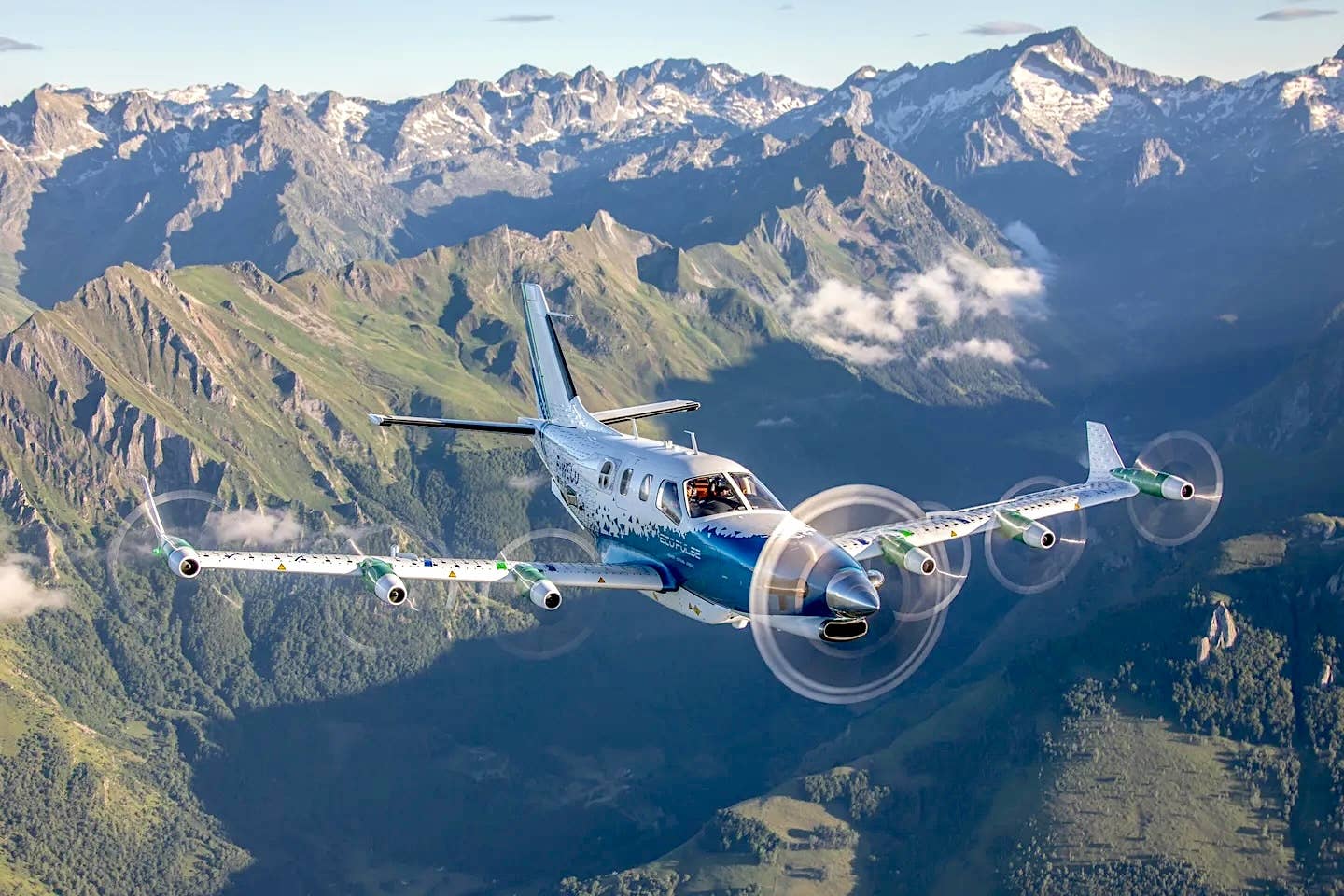FAA To Require Sim Training on 737 MAX
In what is likely to be one of the last stops before approving the Boeing 737 MAX to fly again, the FAA has published updated guidelines for pilot training that…
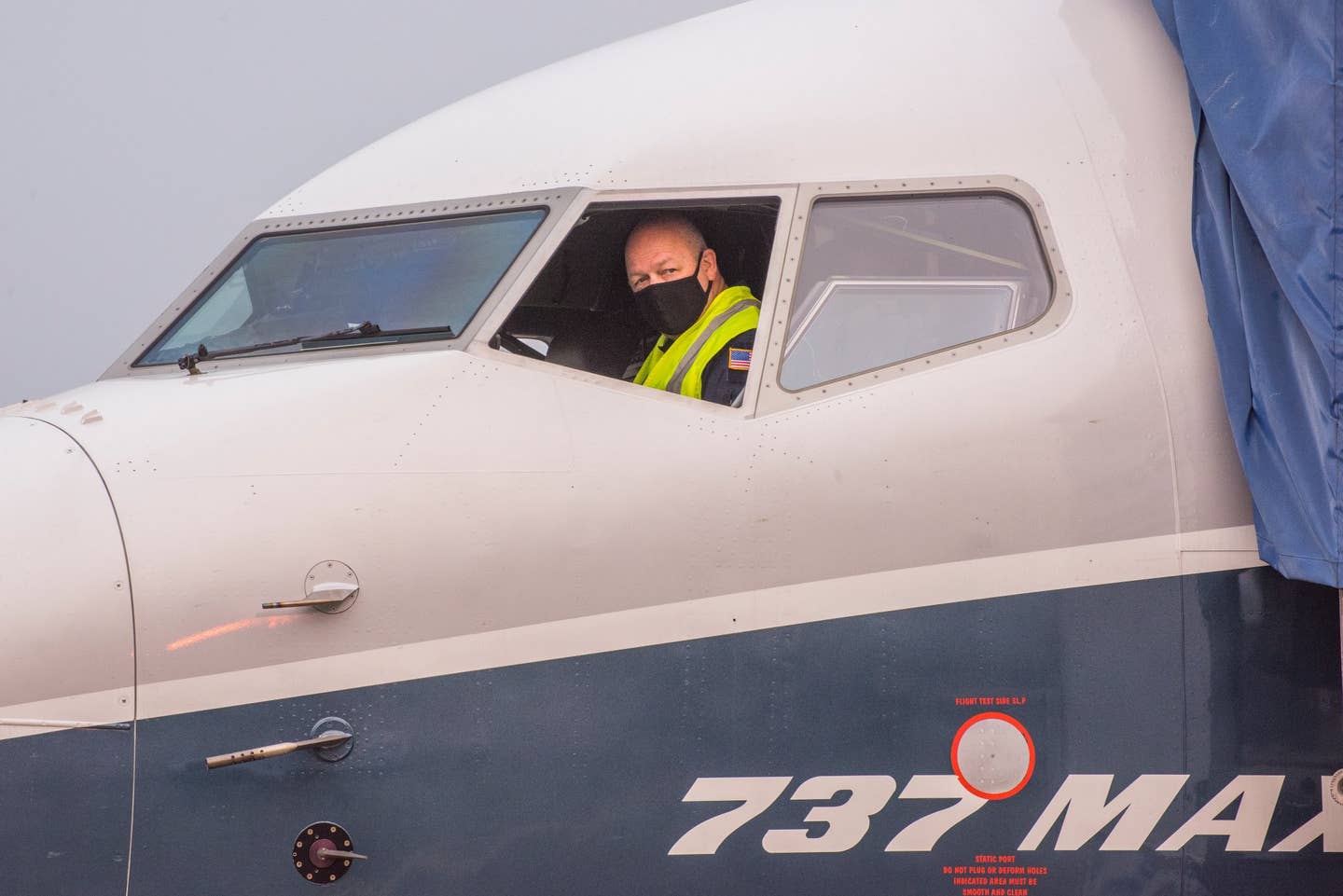
Image: FAA
In what is likely to be one of the last stops before approving the Boeing 737 MAX to fly again, the FAA has published updated guidelines for pilot training that requires full-motion simulator time. A central piece of the MAX controversy was Boeing’s insistence that the latest 737 variant could be spliced into flight lines and flown by pilots trained in the Next Generation (NG) versions without additional and costly sim training. The FAA document will remain open for comments until Nov. 2.
According to the document, “The purpose of this revision is to add training requirements for Maneuvering Characteristics Augmentation System (MCAS), Autopilot Flight Director System (AFDS) enhancements, and additional Special Emphasis Training." The document includes several “special emphasis areas” in the revised training guidelines. “Initial and transition training must emphasize the following throughout the airspeed range during manual and electric trim operations: a) Manufacturer recommended procedures for the proper use of main electric and manual stabilizer trim during normal and non-normal conditions; b) The different manual trim techniques recommended by the manufacturer; and c) The effects of the air loads on the stabilizer and the resulting trim forces in both the nose-up and nose-down directions.” In addition, “Electric and manual stabilizer trim operation during non-normal conditions training must be accomplished at least once every 36 months during recurrent training.”
The document also calls for enhanced training for runaway stabilizer recognition and pilot reaction, including an emphasis on “the need to trim out forces on the column prior to selecting STAB TRIM cutout.” It also calls for “scenario-based training where a single malfunction results in multiple flight deck alerts that require timely pilot actions to include recognition and interpretation of the non-normal condition and prioritization of the required pilot actions,” as well as training for “erroneous high angle of attack (AOA) malfunctions.”
Presumably, this emphasis on training for the 737 MAX’s MCAS, even in its revised and less-aggressive form recently tested by the FAA (including Steve Dickson), will help ensure proper crew reaction. With the comment deadline less than a month away, it’s possible the MAX will be returned to service in November, with actual passenger flights lagging that as cash-strapped airlines prepared the mothballed jets for service.

